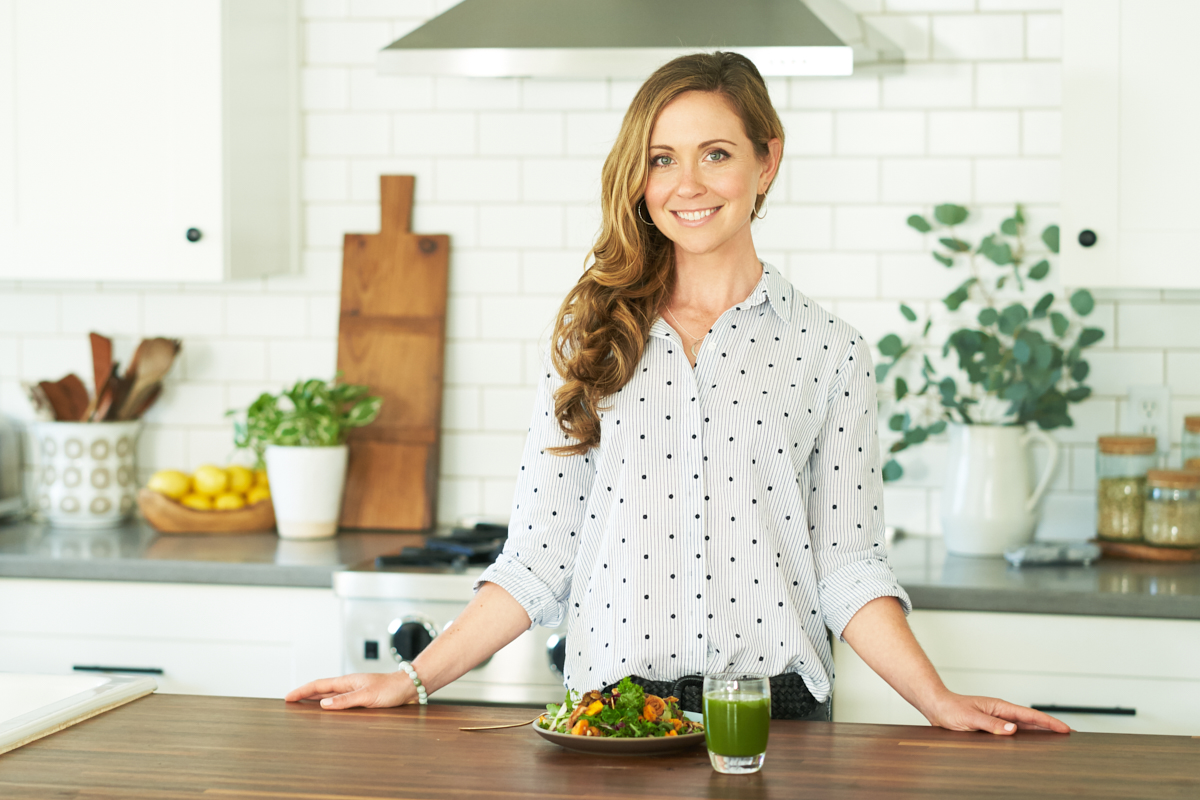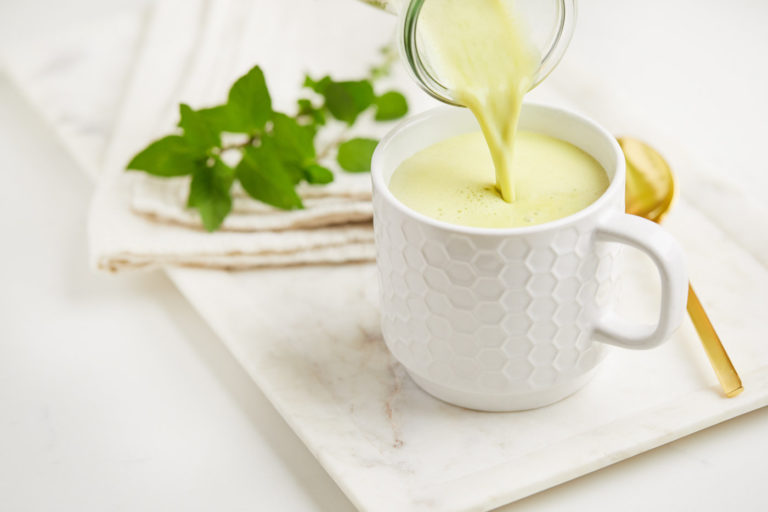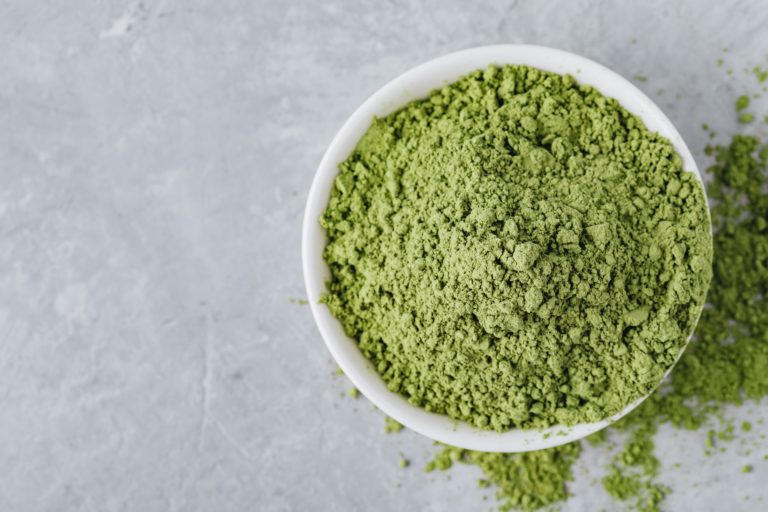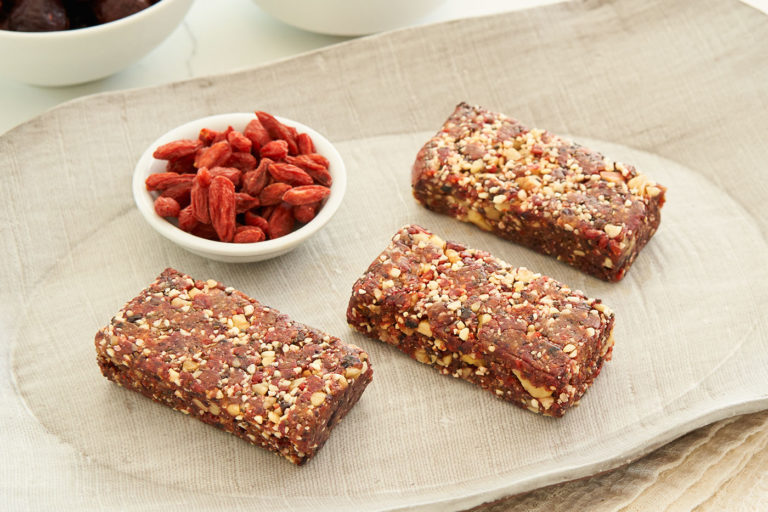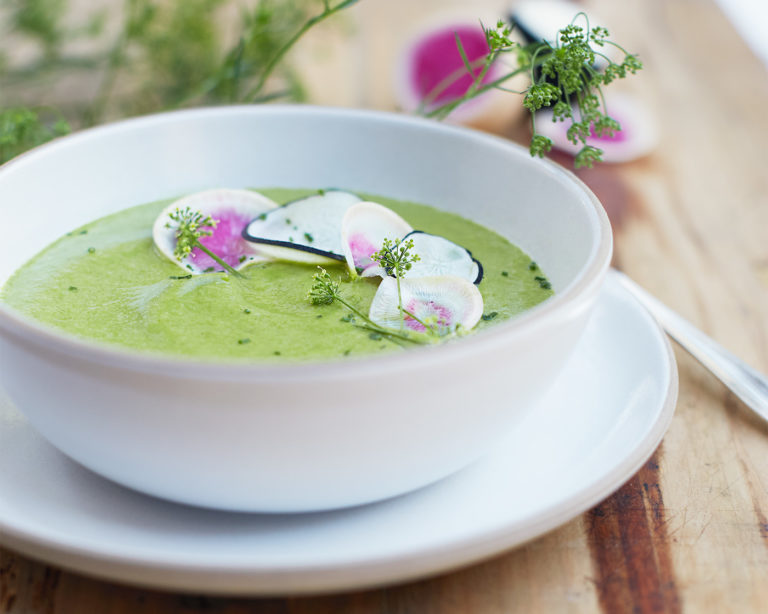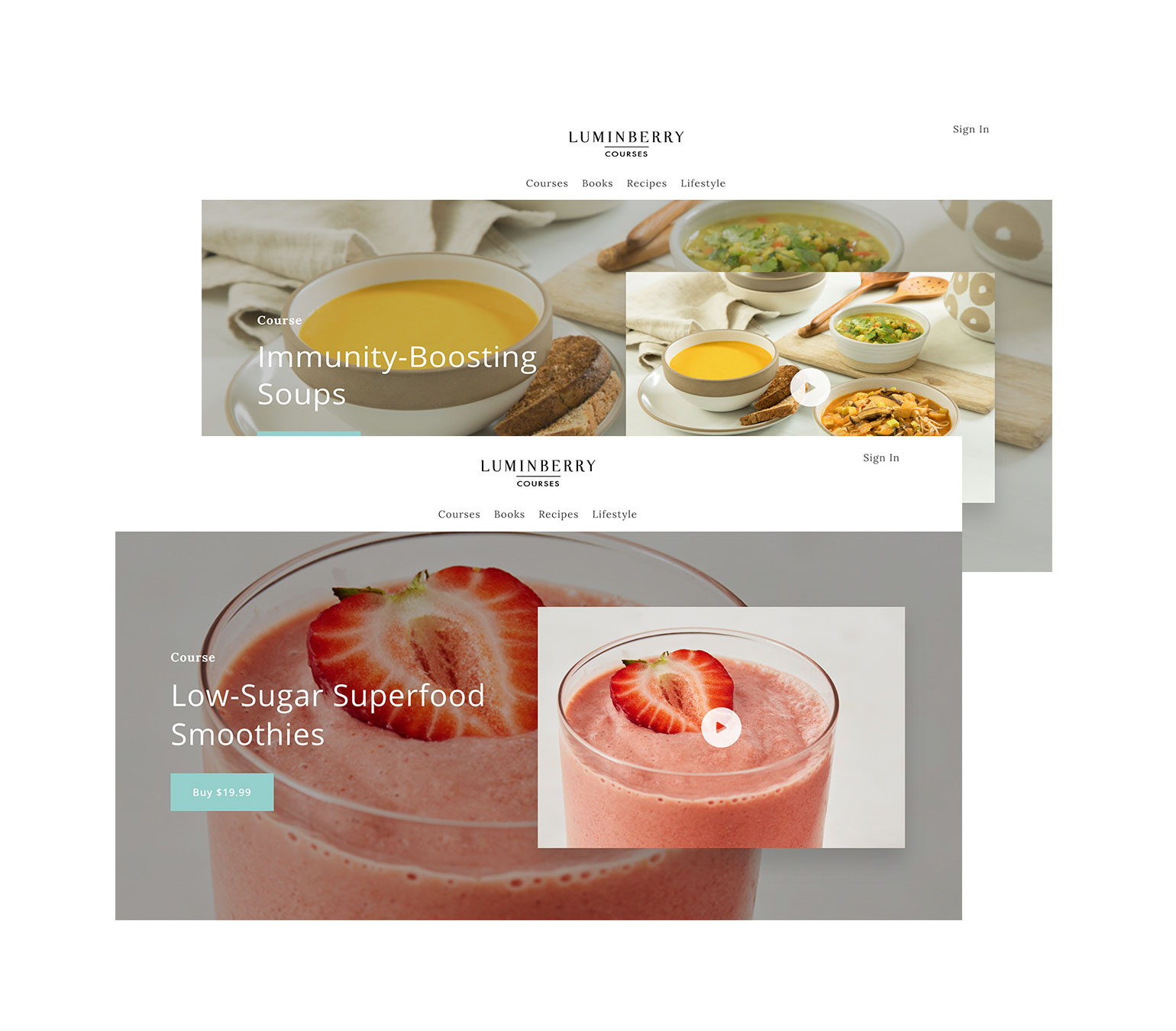Habits are powerful. Habits can be positive, like meditating, or habits can be negative, like smoking. Habits may consist of large or small activities, ranging from hopping on a long bike route every morning before work, to brushing your teeth each night before going to bed. But what all habits have in common is frequency. And it’s this repetition in which they are practiced that shapes our lifestyle … and, inevitably, the outcomes of our lifestyle, too.
So what makes habits so … well … habitual? You can thank the constitution of your brain for that one. Because your brain has so many tasks to manage, it’s constantly on the lookout for shortcuts where it can provide a semi-automatic response, thus conserving energy for other mental activities. Ever driven home from work only to realize you barely know how you arrived at your destination? That’s an example of your brain utilizing a fast-track pattern – a kind of habit – to direct your actions without you having to consciously question it. We know that habits can become deeply wired in the brain … so wouldn’t it be wonderful if you had that kind of automatic response to choosing nutritious foods, or saying “no” to sugar? I’m happy to say: you absolutely can.
Outside of menial everyday tasks, creating these kinds of routine, no-decision-needed habits are actually essential to any kind of long-term wellness plan. Habits make healthy, beneficial choices supremely easy to accrue, and the frequency of these positive actions ensures you’re regularly maintaining your body with the nutrients it needs, and activities it craves. Habits also free up your brain space to make better creative decisions or wise choices elsewhere in your life, where your mental bandwidth is really needed. In other words, creating healthy habits is worth pursuing! Here’s how to build more of these important healthy habits in your own lifestyle, and gain all of their positive benefits at the same time.
Audit Your Current Habits
Step one is the hardest: honestly assessing your current situation. Take a sheet of paper and run through your entire day’s agenda as if you were a detective documenting a witness account: you want details, details, details. Now circle the details you perform very frequently (i.e. mid-afternoon bagel, always cinnamon-raisin), as well as the details which you do without even thinking about it (i.e. letting the dog out first thing in the morning). These circles represent the habits in your day. Now, assess these habits and star the troublesome ones: Which habits thwart your good intentions? Which habits compromise your goals, or ultimately make you not feel your best? Identify everything you can about these negative habits: take notes on the time of day they occur, how you’re feeling before them, how you feel after, any triggers that cause them to occur, etc.
Rewire Your Brain
Now that you’ve identified your bad habits, it’s time to not just eliminate them, but instead replace them. Make a second list of some healthy lifestyle habits you aspire to, such as: drinking an anti-inflammatory smoothie every day, getting a minimum of 30 minutes of active movement in, writing down a gratitude list each evening, or eating at least 2 cups of green vegetables before 5pm. Now pick one good micro-habit to replace a current bad habit, like drinking a smoothie as a replacement in place of the mid-afternoon bagel as a pick-me-up, making sure your takeout café choice is as ambitiously healthy as your goals. This healthy substitution may feel challenging at first, but with every day of “practice” you put into your commitment, you’re physically changing your brain’s reaction to that trigger of a “mid-afternoon pick-me-up.” In time, you’ll notice that you even start to crave the smoothie! When you feel ready, you can start to tackle other bad habits with the same method, but it’s most effective to pursue them one at a time.
Add New (Micro) Habits
Creating healthy habits isn’t solely about eliminating or replacing bad ones. In fact, you can start incorporating new habits right away. To generate a successful routine quickly, you’ll want to use some kind of association (again, making it easier for your brain to map). Try and practice your new goal at the same time of the day, or as a go-to response to a type of feeling. These new habits don’t need to be big — they can be as small and simple as picking up an extra green juice at lunch. Focus on optimizing these kind of micro-habits, and over time, you may just be surprised at how macro the results can be on the quality of your life.

